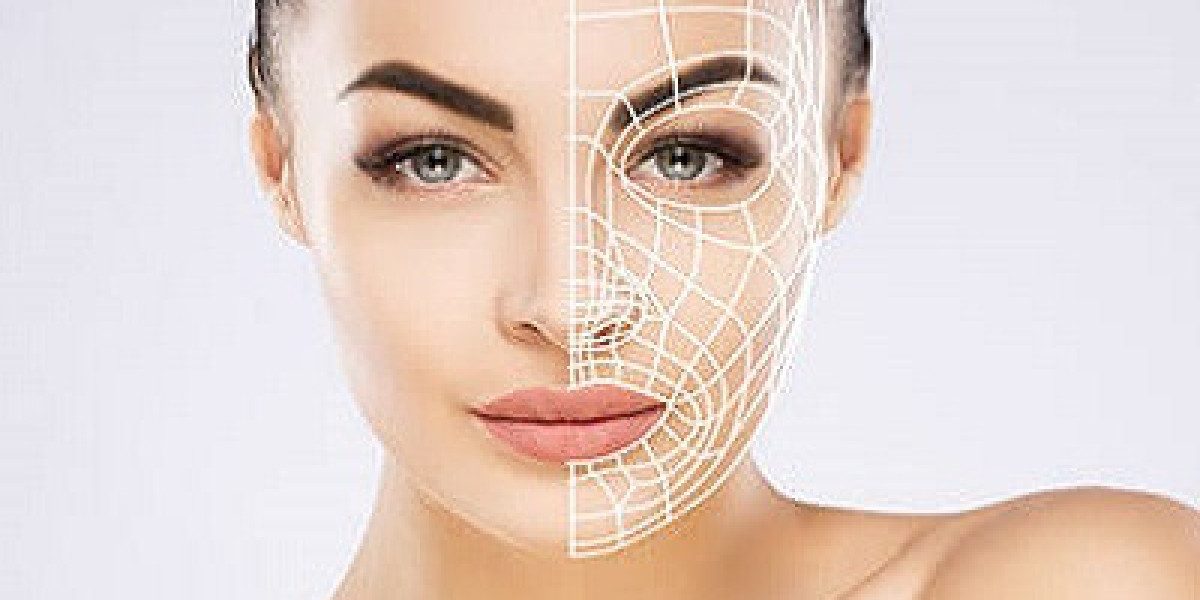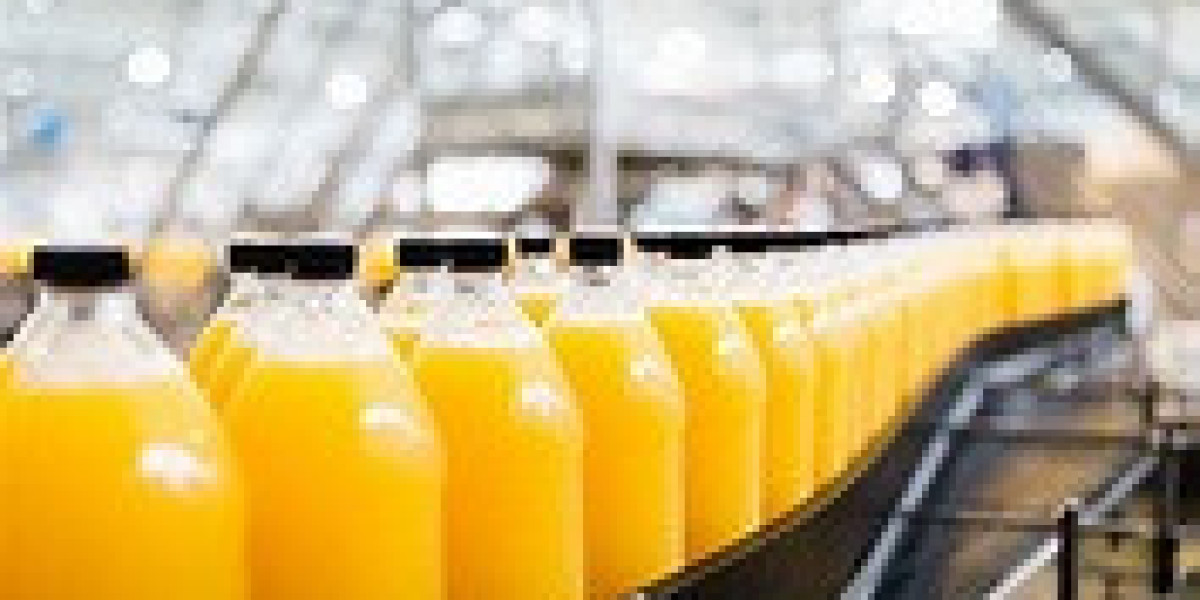Skin rejuvenation in Islamabad have become increasingly popular as people look for ways to reverse the signs of aging, improve skin texture, and boost overall skin health. However, one common concern is whether these treatments are painful. The truth is that the level of discomfort varies depending on the type of treatment and individual pain tolerance. Let’s explore some of the most popular skin rejuvenation treatments and discuss what you can expect in terms of pain and discomfort.
1. Chemical Peels: Mild to Moderate Sensation:
Chemical peels are a popular choice for those looking to improve skin tone and texture. These treatments involve applying a chemical solution to the skin, which exfoliates the outer layer to reveal fresher, younger-looking skin underneath. Chemical peels range from light to deep, with the intensity of the peel affecting the level of discomfort.
- Pain Level: Light chemical peels cause mild tingling or stinging sensations, which are often described as tolerable. For medium or deep chemical peels, the discomfort can be more pronounced, feeling like a sunburn. However, topical anesthetics or cooling devices are often used to minimize pain during deeper peels.
- Aftercare: After the treatment, you may experience redness and peeling, similar to the sensation of a mild sunburn, but these side effects usually subside within a few days.
2. Laser Resurfacing: Advanced but Manageable:
Laser skin resurfacing is an effective method for addressing wrinkles, scars, and other signs of aging. This treatment uses concentrated beams of light to remove damaged skin and stimulate collagen production. Ablative lasers remove the outer layers of skin, while non-ablative lasers target deeper layers without damaging the surface.
- Pain Level: The intensity of discomfort depends on the type of laser used. Non-ablative lasers typically cause mild discomfort, often described as a warm or prickling sensation. Ablative lasers, on the other hand, are more intense and may feel more painful, but local anesthesia or numbing creams are often applied beforehand to reduce discomfort.
- Aftercare: Following ablative laser treatments, there may be redness, swelling, and a sensation of tightness or mild burning, which can last for a few days to a week. Non-ablative laser treatments tend to have a quicker recovery period with less discomfort.
3. Microneedling: Pinpricks with Minimal Discomfort:
Microneedling involves the use of tiny needles to create controlled micro-injuries in the skin. These micro-injuries stimulate the body’s natural healing process, promoting collagen production and leading to smoother, firmer skin.
- Pain Level: Many people describe the sensation of microneedling as tolerable. It feels like tiny pinpricks on the skin, but numbing cream is usually applied before the treatment to make the procedure more comfortable. The discomfort is generally minimal, and most patients find the experience quite bearable.
- Aftercare: Post-treatment, you may experience some redness and sensitivity, similar to a mild sunburn, but these effects usually subside within a day or two.
4. Radiofrequency (RF) Therapy: Gentle and Non-Invasive:
Radiofrequency (RF) therapy is a non-invasive skin tightening treatment that uses heat energy to stimulate collagen production in the deeper layers of the skin. This treatment is often used to reduce sagging skin and fine lines.
- Pain Level: RF therapy is generally well-tolerated by most patients. The sensation is often described as a warm, soothing heat applied to the skin. While some individuals may experience slight discomfort during the procedure, it is usually not painful. In most cases, no anesthesia or numbing cream is required.
- Aftercare: There is minimal downtime with RF therapy, and the skin may feel slightly warm or flushed for a few hours post-treatment. Any discomfort is usually temporary and fades quickly.
5. Dermal Fillers: Quick and Minimal Pain:
Dermal fillers, such as hyaluronic acid injections, are used to restore volume to areas of the face that have lost fullness due to aging. They are commonly used to plump lips, smooth wrinkles, and contour the cheeks.
- Pain Level: The discomfort associated with dermal fillers is generally minimal. Most fillers contain a local anesthetic like lidocaine, which helps reduce pain during the injection. Additionally, numbing creams can be applied beforehand to ensure maximum comfort. Patients often describe the sensation as a slight pinch or sting during the injection.
- Aftercare: Some swelling, redness, or mild bruising may occur after the treatment, but this usually subsides within a few days. The discomfort is usually mild and manageable.
6. Intense Pulsed Light (IPL) Therapy: Moderate Sensation:
Intense Pulsed Light (IPL) therapy is a non-invasive treatment that uses light energy to target pigmentation issues, redness, and other skin imperfections. While not technically a laser, IPL functions similarly to laser treatments by using light to stimulate skin rejuvenation.
- Pain Level: IPL therapy typically causes a mild to moderate stinging sensation during the treatment, similar to the snap of a rubber band against the skin. Most people tolerate the discomfort well, and cooling devices are often used to minimize any pain.
- Aftercare: Following the treatment, there may be some redness or slight swelling, but these side effects typically resolve within a day or two.
How to Minimize Discomfort During Skin Rejuvenation Treatments:
If you're concerned about pain during skin rejuvenation treatments, there are several ways to minimize discomfort:
Numbing Creams: Many skin treatments, especially those involving needles or lasers, offer the option of numbing creams to reduce pain. These are applied to the skin before the procedure to ensure a more comfortable experience.
Cooling Devices: Some treatments, such as laser resurfacing or IPL, use cooling devices during the procedure to alleviate heat-related discomfort.
Communication: Always communicate with your skincare professional about your pain tolerance. They can adjust settings, apply numbing agents, or offer breaks during the procedure to make you more comfortable.
Conclusion: Is Skin Rejuvenation Painful?
The level of pain experienced during skin rejuvenation treatments varies depending on the procedure and your personal tolerance for discomfort. While some treatments may cause mild discomfort or stinging sensations, others may involve more intense sensations but are usually managed with numbing agents or local anesthesia. Overall, skin rejuvenation treatments are designed to be as comfortable as possible, and most discomfort is temporary and subsides quickly. If you’re concerned about pain, consult with a qualified skincare professional who can recommend the best treatment options tailored to your comfort and skin goals.
For more information visit Dynamic Clinic PK





